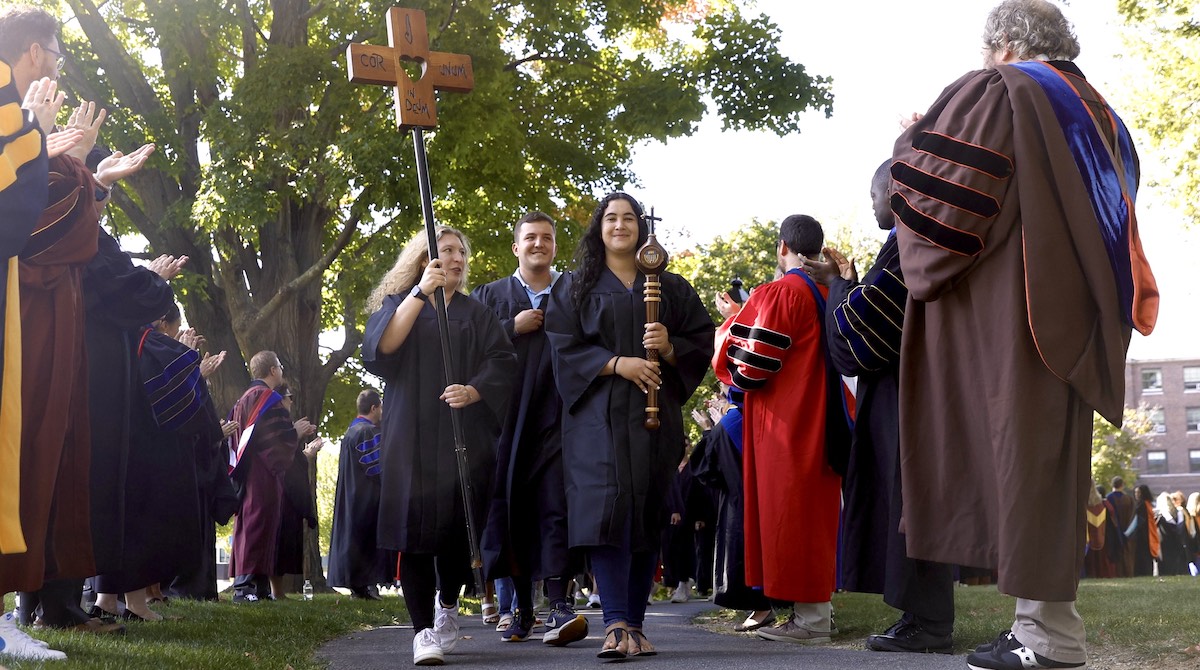“We’re completing the first full year and gearing up for next year’s cohort,” said Maureen Sakakeeny, director of science and engineering programs.
The program started in January 2014 with a National Science Foundation grant to implement a number of ideas aimed at a national effort to retain young students in the science and engineering fields. Civil and Mechanical Engineering Associate Professor Marc Veletzos is the principal investigator for the grant.
“We want to catch these kids and ask if there’s something else we can do to support them,” said Maureen Sakakeeny, director of science and engineering programs.
iTEC’s new name, which is short for Innovation Through Engineering and Computer Science, was student-initiated to give it a modern feel.
The program has started tracking students to learn how many change their majors and if so whether they stay within the science and engineering departments or go to another department. It’s too early to see any trends.
iTEC started a living-learning community for freshman last fall with about 30 volunteers. Next year’s freshmen science and engineering students will be assigned to the living-learning community and they will have to opt-out if they don’t want to take part.
iTEC is expecting about 90 students to take part in the living-learning community on the second floor of Deegan West in the fall semester, Sakakeeny said.
Some students will opt out because they will commute rather than live on campus, be part of the Honors Program, or want to live with a friend, she said.
As part of the NSF grant, the department also has an advising, tutoring and mentoring program; a gateway course; and the summer bridge program to support first-year students who may feel overwhelmed by academics and unsure of their career paths.
For the advising and tutoring, the department hires about a dozen peer mentors to work with freshmen in the living-learning community and Mendel Hall nearly every evening, Sakakeeny said. The peers also arrange field trips and special programs.
The gateway course is an introductory course for freshmen with lecture and lab components.
“But the exciting, cool part, throughout the semester they work on designing and building and testing their own wind turbine,” Sakakeeny said. “They had to figure out how to get power out of it so it was a real engineering challenge for them.”
It’s an interdisciplinary project between computer science, electrical engineering, mechanical engineering and civil engineering students.
“What it did is expose students to real interdisciplinary design project in their first semester to get them exposed to the process,” Sakakeeny said.
That in turn, made the connection between class work and practical work for businesses such as iRobot or municipal infrastructure systems.
iTEC’s Facebook page is at Innovation Through Engineering and Computer Science.





